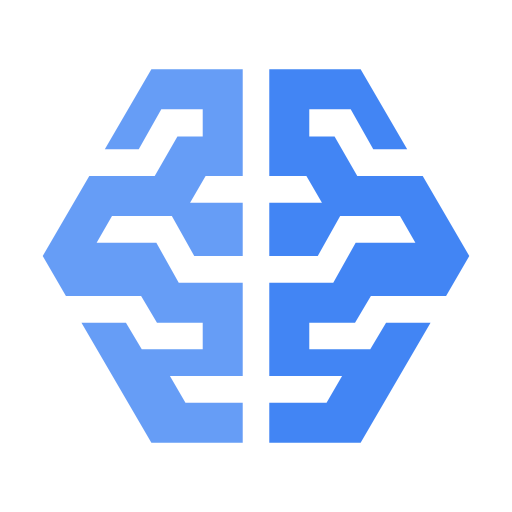Supervised vs. unsupervised learning: What's the difference?
Supervised and unsupervised learning are the two primary approaches in artificial intelligence and machine learning. The simplest way to differentiate between supervised and unsupervised learning is how the models are trained and the type of training data the algorithms use.
However, there are some other differences between supervised learning and unsupervised learning, which make certain techniques better suited for helping organizations accomplish their specific goals and business objectives.
Here, we’ll cover the key differences between supervised and unsupervised machine learning to help you understand which approaches best suit your needs.
New customers get up to $300 in free credits to try Vertex AI and other Google Cloud products.
The difference between supervised and unsupervised learning
The biggest difference between supervised and unsupervised machine learning is the type of data used. Supervised learning uses labeled training data, and unsupervised learning does not.
More simply, supervised learning models have a baseline understanding of what the correct output values should be.
With supervised learning, an algorithm uses a sample dataset to train itself to make predictions, iteratively adjusting itself to minimize error. These datasets are labeled for context, providing the desired output values to enable a model to give a “correct” answer.
In contrast, unsupervised learning algorithms work independently to learn the data's inherent structure without any specific guidance or instruction. You simply provide unlabeled input data and let the algorithm identify any naturally occurring patterns in the dataset.
While the type of data is the easiest way to differentiate between these two approaches, they each have different goals and applications that also set them apart from each other.
Supervised learning models are more focused on learning the relationships between input and output data. For example, a supervised model might be used to predict flight times based on specific parameters, such as weather conditions, airport traffic, peak flight hours, and more.
On the other hand, unsupervised learning is more helpful for discovering new patterns and relationships in raw, unlabeled data. Unsupervised learning models, for instance, might be used to identify buyer groups that purchase related products together to provide suggestions for other items to recommend to similar customers.
As a result, supervised and unsupervised machine learning are deployed to solve different types of problems. Supervised machine learning is suited for classification and regression tasks, such as weather forecasting, pricing changes, sentiment analysis, and spam detection. While unsupervised learning is more commonly used for exploratory data analysis and clustering tasks, such as anomaly detection, big data visualization, or customer segmentation.
How to choose between supervised and unsupervised learning
Now that you understand the differences between supervised and unsupervised learning, which approach is right for you?
Choosing the right approach depends on your overall goals and requirements, the use cases you wish to solve, and your team’s overall approach to analyzing, processing, and managing data.
Generally, you’ll need to consider the following things when deciding which option works best for your organization.
- Is your data labeled or unlabeled? Supervised learning requires labeled datasets. You’ll need to assess whether your organization has the time, resources, and expertise to validate and label data.
- What are your goals? It’s important to consider the type of problem you’re trying to solve and whether you are trying to create a prediction model or looking to discover new insights or hidden patterns in data.
- What types of algorithms do you need? When deciding what approach is best suited for your organization, it’s also important to evaluate if there are algorithms that can support the volume of data and match the required dimensions, such as the number of features and attributes.
The choice between supervised vs. unsupervised learning comes down to the specific problem you want to solve, the data you have available, and whether you have the tools and experience to build and manage your models.
What is semi-supervised learning?
Not sure that either of these options is the right fit? You could also consider a third approach: semi-supervised learning.
Semi-supervised learning combines aspects of both supervised learning and unsupervised learning. Machine learning techniques that fall under this category utilize both labeled and unlabeled data to train a predictive model.
Semi-supervised learning uses a small amount of labeled data to train an initial model, which can be used to predict labels on a larger amount of unlabeled data. The model is then applied iteratively to both originally labeled data and data with predicted labels (pseudo-labels). After, you will add your most accurate predictions to the labeled dataset and repeat the process again to continue improving the performance of your model.
Take the next step
Start building on Google Cloud with $300 in free credits and 20+ always free products.
Need help getting started?
Contact salesWork with a trusted partner
Find a partnerContinue browsing
See all products












